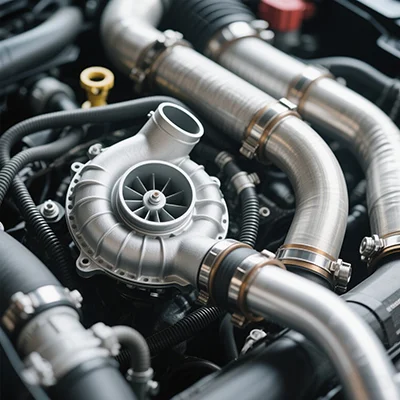The Future of Packaging: Unveiling the Sustainability of Green Packaging

In today's world, where environmental concerns are at the forefront of global discussions, the concept of sustainability has become increasingly important. One area that has gained significant attention is packaging, with a growing demand for eco-friendly alternatives. In this blog post, we will delve into the topic of green packaging and explore its sustainability, addressing its benefits, challenges, and future prospects.
- Understanding Green Packaging:
Green packaging refers to the use of materials and design techniques that minimize environmental impact throughout the packaging lifecycle. It aims to reduce waste, conserve resources, and promote a circular economy. Unlike traditional packaging, which often ends up in landfills, green packaging focuses on recyclability, biodegradability, and the use of renewable materials. - The Benefits of Green Packaging:
2.1 Environmental Impact:
Green packaging significantly reduces carbon emissions, energy consumption, and waste generation. By utilizing renewable resources and minimizing the use of harmful chemicals, it helps mitigate climate change and protects ecosystems.
2.2 Consumer Perception and Brand Image:
In today's conscious consumer market, brands that prioritize sustainability and adopt green packaging are perceived as responsible and environmentally friendly. This positive image can enhance customer loyalty and attract new environmentally conscious consumers.
2.3 Cost Savings:
Contrary to popular belief, green packaging can lead to cost savings in the long run. By optimizing packaging design, reducing material usage, and streamlining logistics, companies can reduce transportation costs and minimize waste disposal expenses.
- Challenges and Innovations:
3.1 Material Selection:
One of the key challenges in green packaging is finding suitable materials that meet both environmental and functional requirements. Innovations in bio-based plastics, compostable materials, and recycled content are addressing this challenge, providing viable alternatives to traditional packaging materials.
3.2 Design and Performance:
Green packaging must not compromise on functionality or product protection. Designing packaging that is both sustainable and effective requires careful consideration of factors such as durability, moisture resistance, and shelf life extension. Innovations in design techniques and materials are continuously improving the performance of green packaging.
3.3 Consumer Education and Behavior:
To ensure the success of green packaging, consumer education and behavior play a crucial role. Encouraging recycling, promoting responsible disposal, and raising awareness about the benefits of green packaging are essential for driving sustainable practices.
- The Future of Green Packaging:
The future of green packaging looks promising, with ongoing research and development efforts focusing on enhancing sustainability. Innovations such as edible packaging, smart packaging, and nanotechnology-based solutions are emerging, offering exciting possibilities for the industry. Additionally, collaborations between stakeholders, policymakers, and consumers are vital for creating a sustainable packaging ecosystem.
Conclusion:
As the world becomes increasingly aware of the environmental impact of packaging, green packaging has emerged as a sustainable solution. Its benefits, including reduced environmental impact, enhanced brand image, and potential cost savings, make it an attractive choice for businesses. Overcoming challenges through material innovations, design improvements, and consumer education will pave the way for a future where green packaging becomes the norm, ensuring a more sustainable and eco-friendly world.
